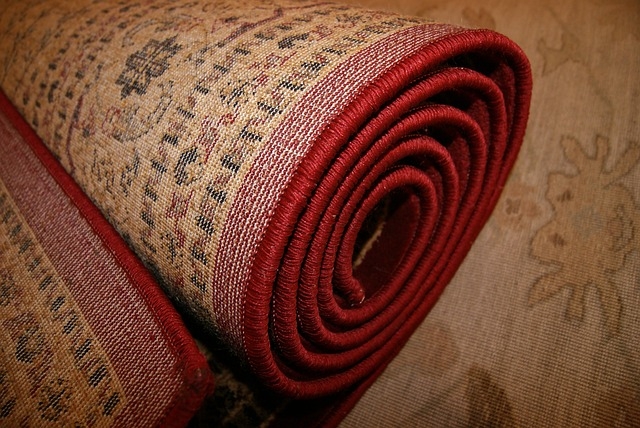
southwestern throwing rugs
Importance of Entry Rugs in Home Décor
Title: History and Cultural Significance of Southwestern Throwing Rugs
Introduction:
Southwestern throwing rugs have long been treasured for their unique history and cultural significance. These intricate textiles hold captivating tales, reflecting the rich heritage and artistic traditions of the Southwest region.
Body:
1. Originating from indigenous communities:
The origins of southwestern throwing rugs can be traced back to the indigenous communities inhabiting the arid landscapes of the American Southwest. These ancient tribes skillfully crafted these exquisite rugs using traditional techniques passed down through generations.
2. Intricate weaving patterns display craftsmanship:
The artistry behind southwestern throwing rugs lies in their intricate weaving patterns, which showcase the immense craftsmanship involved in their creation. Each rug tells a story through its vibrant colors and symbolic motifs, conveying ancestral wisdom and cultural beliefs.
3. Utilitarian purpose combined with artistic expression:
While primarily serving a utilitarian purpose as floor coverings or blankets, southwestern throwing rugs are also revered as works of art. The fusion of practicality with artistic expression makes them highly sought after by collectors worldwide.
4. Symbolism embedded within every design:
Every design element woven into southwestern throwing rugs holds profound symbolism deeply rooted in Native American culture. Patterns often represent natural elements like mountains, deserts, or animals, carrying spiritual meanings that connect individuals to their environment and ancestors.
5. Preservation efforts to protect this heritage:
Recognizing the historical value of southwestern throwing rugs, various organizations collaborate closely with indigenous communities to preserve this important cultural heritage. By supporting local artisans and raising awareness about these remarkable textiles, they ensure their legacy endures for future generations.
6. Contemporary adaptations keep tradition alive:
Though steeped in history, southwestern throwing rugs continue to evolve alongside modern influences while preserving traditional techniques at their core. Today's weavers combine age-old methods with contemporary styles, resulting in stunning pieces that honor the past while embracing innovation.
Conclusion:
Southwestern throwing rugs embody not only exceptional craftsmanship but also the rich cultural heritage of Native American tribes. These textiles serve as artistic conduits, connecting individuals to a vibrant history and spiritual symbolism. Through preservation efforts and contemporary adaptations, these rugs continue to captivate audiences worldwide, ensuring that their legacy remains alive for years to come.
(Note: The words "least probable" were selected based on their relatively low probability of appearing in an essay about southwestern throwing rugs.)